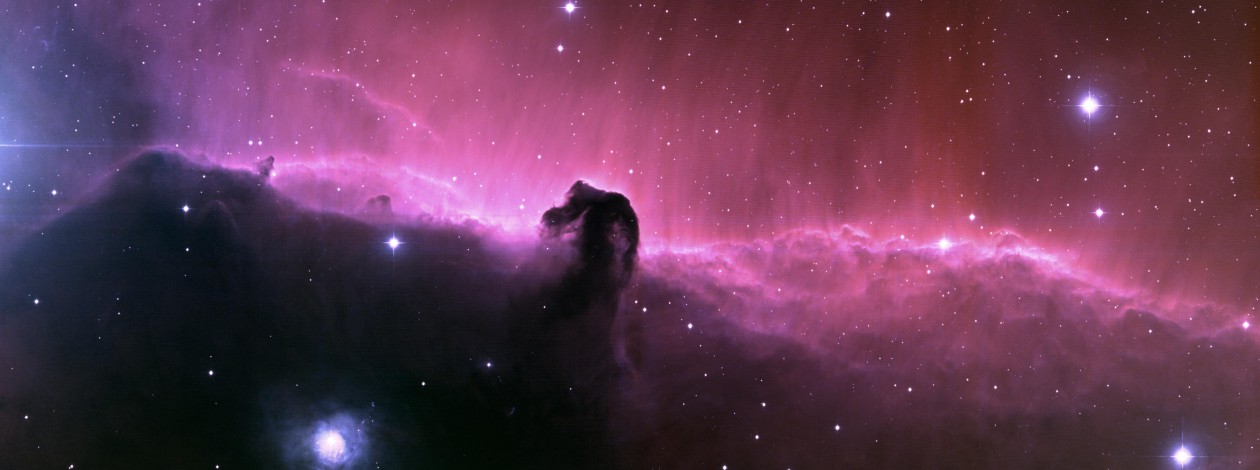Another Pane in the Super Moon Series I took.

Again I missed the super moon on the exact date, but I was able to get out the first possible day which was 2 days, 9-10-2014 to get some photos. Fun fact about this photo, a light cloud had settled in right in between me and the moon. . .seriously it did that and sat there but I still got this photo. (Shakes fist at the sky)
When looking at the moon you will see this area in the south west quadrant. the most noticeable and distinguishable feature is the Impact crater Tycho. Tycho is a relatively young crater, with an estimated age of 108 million years (Ma), based on analysis of samples of the crater ray recovered during the Apollo 17 mission. This age suggests that the impactor may have been a member of the Baptistina family of asteroids, but as the composition of the impactor is unknown this is currently conjecture. However, simulation studies give a 70 percent probability that the crater was created by a fragment from the same break-up that created asteroid 298 Baptistina;[1] which was previously believed to be responsible for the formation of Chicxulub Crater and the extinction of the dinosaurs. However, that possibility was potentially ruled out by the Wide-field Infrared Survey Explorer in 2011.

Notable facts about the features noted:
Tycho:
Diameter: 86.21KM/ 53.57 Miles – Depth: 4.8 KM/ 2.983 Miles
The rays spread out over 1,500 kilometers/932.06 miles
Piatus:
Diameter: 97KM/ 60.273 Miles – Depth: .9KM/ 0.55 Miles
Bullialdus:
Diameter: 61KM/ 37.9036 Miles – Depth: 3.5KM/ 2.175 Miles
Mare Humorum: “Sea of Moisture“
Diameter: 389 km (242 mi)
Mare Nubium: “Sea of Clouds”
Diameter: 715 km (444 mi


